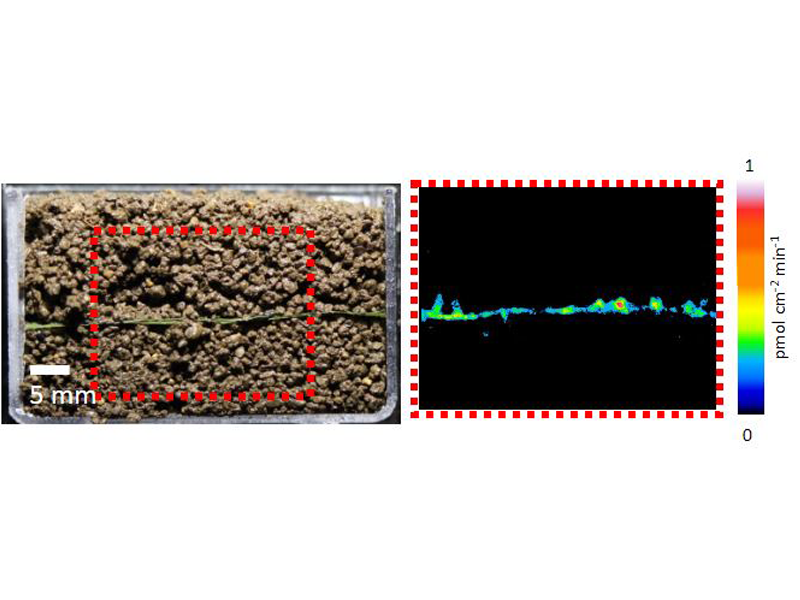Natural Resources

To feed the world’s growing population, farmers need to grow a lot of crops. Crops need water to grow and thrive, and the water used to irrigate crops makes up an estimated 70% of global freshwater use. But many areas across the world are plagued by water shortages.

Earth’s carbon cycle works on a global scale. But it can be affected by the tiniest of organisms: soil microbes. These microbes decompose organic matter like plant litter and dead organisms, and create simple carbon compounds. These simple carbon compounds can then be used by other organisms, or turned into gases (like carbon dioxide) and released into the atmosphere.

Sewage treatment plants provide an important service to communities around the world. Through several processes, these facilities take dirty water and transform it into water that can be reused safely. Treating water that comes from our homes and offices – domestic wastewater - to be reintroduced into the environment protects both human and environmental health.

If you’re a gardener, you know that planting seeds in the ground doesn’t always mean you’ll have a good yield at the end of growing season. On a personal level, this can be disappointing. Farmers are in charge of growing dozens to thousands of acres of food. And, they face the same variability in the planting, growing, and harvesting processes as gardeners do.






